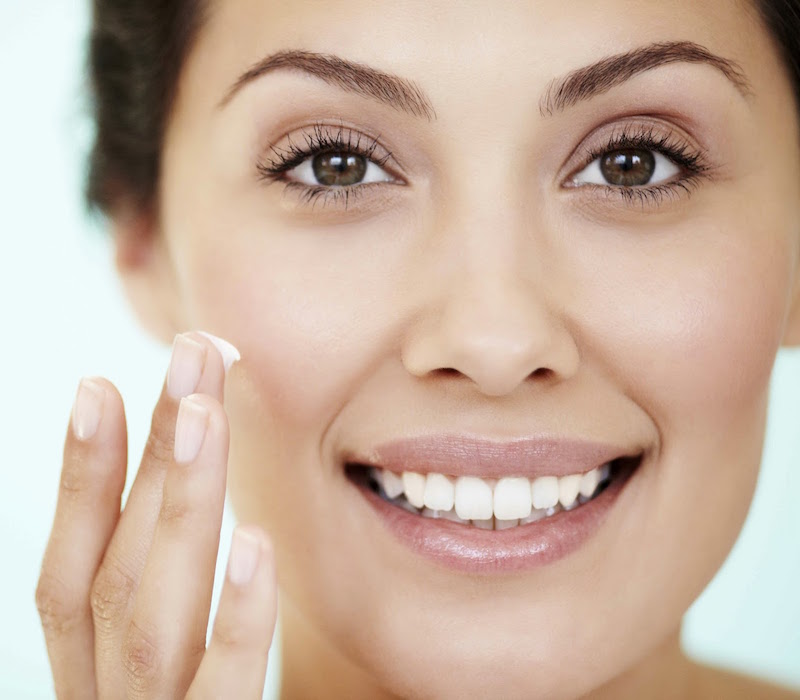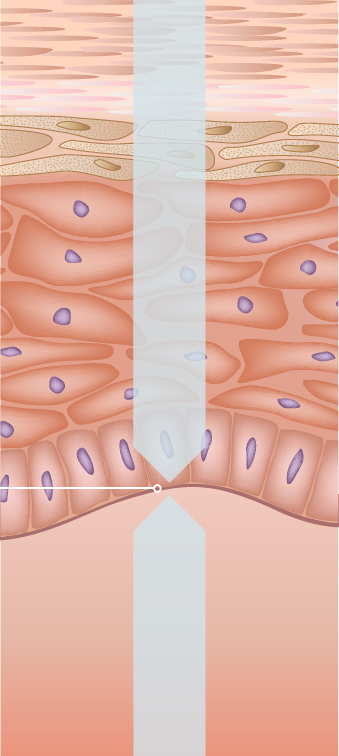-
Menu
-
CONCERNS
-
-
PRODUCTS
-
-
-
Heading title
-
Heading title
-
Heading title
-
-
-
- Beauty Box
- GIFT CARD
- OUR STORES
- OUR EVENTS
- BEAUTY CONSULTANCY
- NEWS
-
COMPANY
-
Search on blog
Last blog articles
Purchase a gift voucher
Botox, no thanks! We’ve got Fospidina to keep us looking young
Having smooth wrinkle-free skin can become an obsession. A lot of celebrities have stepped back from it after the umpteenth Botox touch-up, stating that they regret having gone too far with the botulinum toxin. First Nicole Kidman had to withdraw from the Hollywood set for months because her face was frozen by Botox some years ago. Then it was Carla Bruni, brutally described by the media as a “a mouse with green eyes.” Even Madonna appeared on stage at Twickenham Stadium in London with a frozen face in 2013. Teri Hatcher of Desperate Housewives and a very young Lindsay Lohan would be next. Sadly, aging of the skin is inevitable and while botulinum toxin treatments (a name sugar-coated with the term “Botox”, which was actually the first commercial name for the toxin as sold by a big American brand) can help skin look tauter, in most cases it ends up altering the somatic features and expressions of the face.
Many women in showbiz declared themselves “Anti-Botox” and instead took the side of natural beauty. In 2012, Kate Winslet founded the British Anti-Cosmetic Surgery League to say no to touch-ups with plastic surgery. But the real innovation comes from the world of dermocosmetics, with new products that help cellular regeneration and assist the skin through the normal process of chronoaging.
Botox: what is it and how does it work?
Scientifically speaking, it is a neurotoxin produced by the Clostridium botulinum bacteria, which is able to paralyse the muscles. It has been used in medicine for a long time with over 20 possible clinical applications found by scientists to cure a great many nervous and muscular pathologies. It was only later that its use in the aesthetic medicine sector to “paralyse wrinkles” became widespread. It works by blocking the dialogue between the nervous cell that sends the movement command and the muscular cell that responds, causing a paralysis that has a smoothing effect on wrinkles. It is injected into the forehead, the top of the nose to treat vertical wrinkles between the eyebrows, and, since 2014, into the sides of the eyes to tackle crow’s feet. The result? Immobile faces that can express neither joy nor pain. And in the worst cases: headaches, nausea, facial paralysis, weak muscles and ocular disorders. One of the most dangerous side effects is muscular paralysis in other parts of the body, an eventuality that is listed on the drug information leaflet.
It is vital that anybody deciding to have injections of this substance is aware of the dangers, so they can decide whether it is worth renouncing the expressiveness of their face for an illusion of beauty.

Yes to cellular regeneration
Research and technological innovation in dermatology and cosmetology has made great progress in anti-aging creams. The use of certain active ingredients in combination has even led to excellent results in terms of cellular renewal. The 100% Made in Italy scientific study performed on the Fospidina complex enjoyed particular success and showed how the combination of phospholipids, glucosamine and phytosterols contributed to the physiological renewal of tissue, assisting with the production of collagen and elastin, substances that the body struggles to produce with the passing of time.
Where does cellular renewal happen?
In order to understand how innovative anti-aging creams work, it is important to understand where this cellular renewal happens in the epithelial tissues.
Cellular renewal occurs in an area known as the Grenz zone, the most superficial layer of the dermis where cellular reproductive activity is very high. Anti-aging serums or face creams can penetrate the different layers of the epidermis down to the dermis but you can assist with cellular renewal by combining the topical action of a systemic dermocosmetic with an anti-aging supplement, guaranteeing a BOOSTER action that will increase the effectiveness of the anti-aging action.
This will ensure skin is hydrated and nourished, firmer and smoother with less visible wrinkles, without the toxic action or side effects of Botox.
The Fospidina complex, an entirely natural complex that does not damage the authentic beauty or expressions of the face, is effective thanks to the synergetic action of the following active ingredients, each of which has a fundamental role to play:
- Phospholipids: natural transporters (of active ingredients) that are biocompatible with the cellular membranes of the cutaneous tissue. Rich in linoleic and linolenic acid, which are needed to maintain the superficial hydrolipidic barrier.
- Glucosamine: precursor of hyaluronic acid, fundamental for hydration and smoother and firmer skin. Glucosamine binds to the phospholipids: their structure is biocompatible with the membrane of the epithelial cells, so they can then move through the cutaneous layers to the dermis, guaranteeing both superficial and deep hydration.
- Phytosterols: phytosterols are of plant origin and encourage the synthesis of collagen and elastin fibres.
As shown by the study, the use of face creams or face serums containing the Fospidina complex can help with cellular renewal and is indicated in case of loss of elasticity and firmness, for more toned, compact and radiant skin.



 Italiano
Italiano
 English
English
 What (and who) is behind the Skinius brand?
What (and who) is behind the Skinius brand?
 THE 10 TOP REVIEWS OF FOSPID SERUM
THE 10 TOP REVIEWS OF FOSPID SERUM
 Fospidina is the new hyaluronic acid
Fospidina is the new hyaluronic acid
 Creams with Fospidina: dermocosmetic innovation
Creams with Fospidina: dermocosmetic innovation
 The Fospidina Complex: innovative anti-aging complex that is 100% Made in Italy – GRAZIA.IT
The Fospidina Complex: innovative anti-aging complex that is 100% Made in Italy – GRAZIA.IT